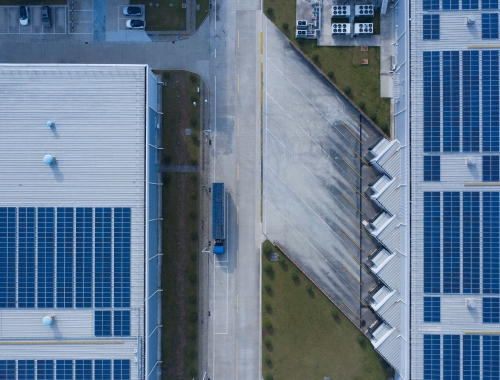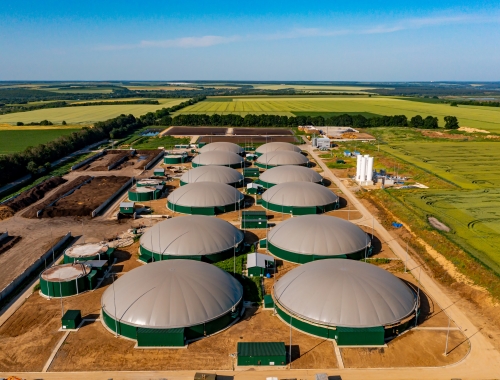Gas Package grants better access of renewable gas to the EU market
SUMMARY
Clarity and predictability are key to stimulate renewable gas solutions.
By European Biogas AssociationPOSTED IN:
The European Commission has launched this week the long-awaited ‘EU framework to decarbonize gas markets’ to facilitate access of renewable and low-carbon gases to existing gas markets and infrastructure. The biogas industry welcomes the establishment of Europe-wide rules facilitating an accelerated, steep growth of biomethane integration in the gas network after 2025. This underpins the ultimate goal of the industry to achieve 1,700 TWh/y of biomethane production by 2050.
The EBA welcomes the integration of provisions setting-up the basis of a Europe-wide “right to inject” in gas networks for biomethane producers, but recalls that ensuring biomethane injection requires a strong commitment of grid operators to maximise firm capacity for this green gas. In other words, operators should guarantee the availability of biomethane in the grid. Additionally, biomethane injection should be based on the principles of priority connection and dispatch for decentralized producers, as well as on alleviating their costs for network connection. Biomethane producers should have access to tariff discounts for injection of renewable gases, and the proposal made by the European Commission in this regard (at least 75% discount at the entry points of the transmission and distribution system) is good step in this direction.
However, the biomethane industry believes there is a lack of clear signals to stimulate renewable and low carbon gas production. The EBA and other partners have been advocating for a GHG intensity reduction target of 20% of the gas supply by 2030 at EU level, compared to 2018. Such target would be an additional driver for renewable gases. It would contribute to predictability and confidence among the gas value chain and investors.
The EBA is concerned about the confusion that could create the inclusion of “biogas” in the legal definition of “natural gas”. The two are widely understood as different commodities. A clear differentiation between renewable and fossil gases is needed in the Directive and its national transposition, and, as a consequence, in documents disclosed to consumers by gas suppliers. As the Commissions states, consumers need to be able to clearly differentiate between the available gases and make low carbon choices.
The future development of gas infrastructure should adequately assess the increasing number of biomethane injection points at local level. Distribution system operators (DSO’s), responsible for delivering the renewable gas to the final consumers, will be key players in this decentralized energy system. This will also require higher coordination between DSOs and Transmission System Operators (TSOs), which manage the rest of the grid infrastructure. The EBA supports higher DSO’s involvement in the design of the National Development Plans (NDP), to ensure they reflect the potential of biomethane injection.
Additionally, the future development of the gas grids should consider the necessary adaptations to accommodate higher shares of biomethane. The reinforcement of gas networks, particularly DSO grids, will need additional investments, to reach also rural productions sites. Grid operators will have to build smart grids to be able to operate a 100% renewable gas system with different sort of gases and many injection points.
“The Gas Package is a positive step ensuring non-discriminatory access to the gas grid for biogas producers but we call for clearer and consistent definitions as well as for a higher ambition level in terms of actions securing reduction of greenhouse gas emissions and the required rapid uptake of renewable gases.” Harmen Dekker, Director of the European Biogas Association (EBA).
The statements, opinions and data contained in the content published in Global Gas Perspectives are solely those of the individual authors and contributors and not of the publisher and the editor(s) of Gas Pathways.







